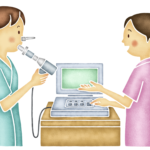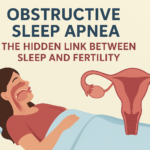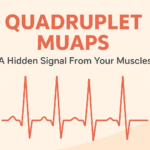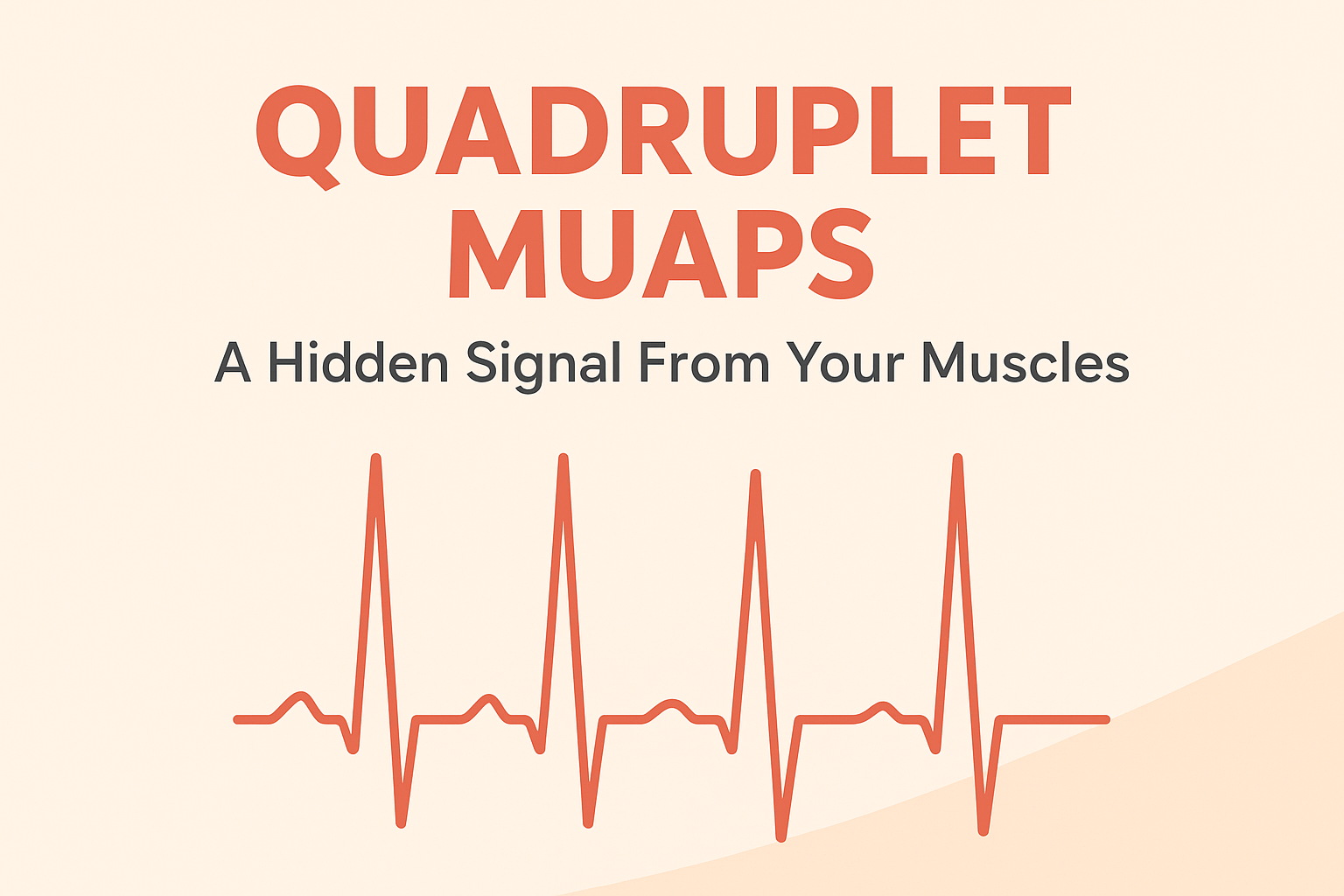By Dr. Manvir Bhatia & Ananya-02/02/2024
Tremors are the involuntary movements of a body part, commonly the hands, arms, face, head, voice chords, trunk, or legs, that are rhythmic and repetitive. These movements can happen at rest or during voluntary motions, and they can be mild to more pronounced.
Though they can also be brought on by other things like particular drugs, stress, exhaustion, or metabolic problems, tremors are frequently linked to neurological abnormalities. Among the neurological disorders that frequently cause tremors include multiple sclerosis, Parkinson’s disease, etc.
Tremors can vary greatly in severity and effect on day-to-day functioning. Certain tremors may be indiscernible and not substantially disrupt an individual’s activities, whilst others may be more visible and impact things like writing, eating, or performing fine motor activities.
Tremors come in a variety of forms, and each has a unique set of causes and conditions. The following are some typical tremor types:
- Resting Tremor: When the affected body part is not moving with purpose and is at rest, resting tremor develops. Tremors at rest can often be attributed to Parkinson’s disease.
- Action or Intention Tremor: Takes place during deliberate movement and usually gets worse when the person reaches for something or attempts to do something. Intention tremors can be brought on by some drugs, multiple sclerosis, and cerebellar diseases.
- Postural Tremor: When a person resists gravity by maintaining a specific posture, such holding their arms out, they develop postural tremors. These might result from essential tremor, a common benign tremor, anxiety, or exhaustion.
- Essential Tremor: Often occurring during voluntary movements, essential tremor is a common type of tremor characterized by rhythmic shaking. A neurological condition called essential tremor often runs in families. According to a review by Song et al., essential tremors are more prevalent in males as compared to females and also in individuals above 60 years. Also, in 2020, the global prevalence of these tremors was about 0.32% of the global population.
- Parkinsonian Tremor: A tremor that occurs at rest and is frequently observed in people with Parkinson’s disease. About 60-70% of PD patients experience tremors.
- Dystonic Tremor: Dystonia is a movement disorder marked by uncontrollably contracted muscles. Thus, these tremors are brought on by prolonged contractions of the muscles that result in atypical postures or repetitive motions.
- Physiologic Tremor: A tremor so slight that it is frequently imperceptible to the eye. Could be brought on by things like fever, stress, exhaustion, or coffee intake.
- Orthostatic tremor: It is a tremor that eases when you sit or stroll but affects the legs and trunk when you stand. Although the precise etiology is unknown, a neurological condition is thought to be the reason.
- Holmes Tremor: A combination of resting, action, and postural tremors. Usually caused by damage to certain brain structures, such as the thalamus or brainstem.
Note that tremors might fluctuate in intensity and affect day-to-day activities. A healthcare practitioner can perform a thorough medical evaluation to discover the exact type of tremor and its underlying cause.
The type of tremor a person is experiencing and its underlying cause will determine how their tremors are treated. The following are a few standard methods for handling tremors:
- Medication:
- Levodopa, dopamine agonists, and other antiparkinsonian medications may be administered for tremors as a result of Parkinson’s disease.
- To lessen essential tremors, beta-blockers (like propranolol) and anticonvulsants (like primidone) are frequently used.
- Physical Therapy: To enhance muscle control and coordination, physical therapists might offer exercises and procedures. They might also suggest adaptive technology.
- Occupational Therapy: When it comes to coping with tremors during everyday activities, occupational therapists can help.
- Deep Brain Stimulation (DBS): DBS is a surgical procedure in which electrodes are implanted in certain areas of the brain, and a stimulator device is placed under the skin. It can be effective for reducing tremors in conditions like Parkinson’s disease.
- Botulinum Toxin Injections: In cases of dystonic tremors, botulinum toxin injections may be used to reduce muscle contractions and tremors.
- Speech Therapy: For tremors affecting the vocal cords, speech therapy may be beneficial in improving speech and communication.
- Lifestyle Modifications: Steer clear of stimulants like caffeine, stress, and other drugs that might make tremors worse. Ensure adequate rest and manage fatigue.
Some individuals find relief through complementary and alternative therapies such as acupuncture, biofeedback, or relaxation techniques. However, the effectiveness of these approaches can vary.
Thus, we conclude that tremors affect your daily life and can be a cause of great discomfort. Recognizing the need for help in the presence of persistent or bothersome tremors is crucial for timely intervention and appropriate management. So, do not hesitate at all and seek out the help from expert medical professionals to identify the kind of tremor and the best treatment strategy for the same.
Lastly, the key to treating tremors and helping those impacted by these uncontrollable movements is raising awareness, educating people, and giving them access to healthcare options. We can improve results and enhance the quality of life for individuals dealing with these difficult symptoms by being aware of the several facets of tremors and pushing for prompt medical intervention.
References:
Song, P., Zhang, Y., Zha, M., Yang, Q., Ye, X., Yi, Q., & Rudan, I. (2021). The global prevalence of essential tremor, with emphasis on age and sex: A meta-analysis. Journal of global health, 11, 04028. https://doi.org/10.7189/jogh.11.04028











